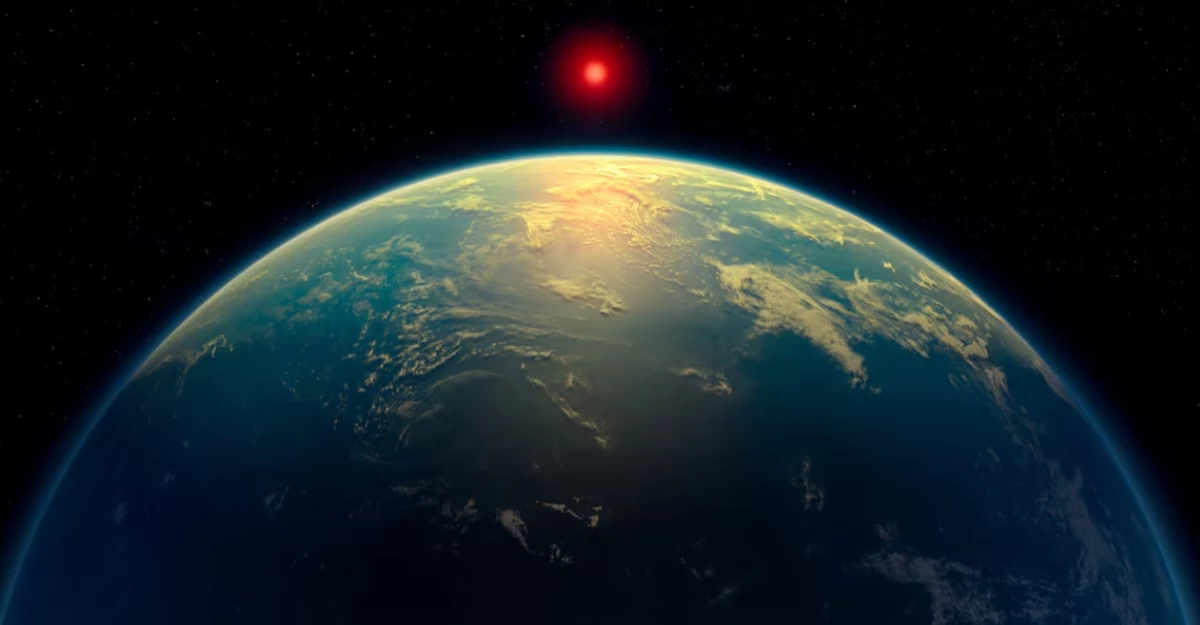Washington: In a potentially groundbreaking discovery, scientists using the James Webb Space Telescope (JWST) have detected what may be the strongest evidence yet of possible life beyond our solar system. Researchers found chemical fingerprints of gases—produced exclusively by biological processes on Earth—while observing the atmosphere of a distant exoplanet named K2-18 b.
Microbial life forms, such as marine phytoplankton, primarily generate the gases identified—dimethyl sulfide (DMS) and dimethyl disulfide (DMDS). Their presence in the atmosphere of K2-18 b suggests the intriguing possibility that microbial life could exist on this alien world.
Also Read:- Mamata Banerjee PM Must Control Amit Shah Over Bengal Violence
New Evidence Points to Potential Life on Distant Exoplane
Scientists are being cautious, however, emphasizing that this is not a confirmation of life. Instead, the detection is being classified as a biosignature—a potential indicator of biological activity. More data and repeated observations will be necessary to verify these findings and rule out non-biological sources for these gases.
Despite the need for further study, the scientific community is buzzing with excitement. Nikku Madhusudhan, an astrophysicist at the University of Cambridge’s Institute of Astronomy and the lead author of the study published in The Astrophysical Journal Letters, stated, “These are the first hints of an alien world that is possibly inhabited.” If confirmed, this discovery could mark a historic milestone in the search for extraterrestrial life and deepen our understanding of habitable environments beyond Earth.
Also Read:- Pilot’s sudden death: Government to reassess health emergency SOPs at airports
K2-18 b, a planet 8.6 times more massive than Earth, orbits a red dwarf star about 124 light-years away in the habitable zone—where liquid water could exist. Madhusudhan called this a transformational moment, noting that current technology now makes it possible to detect biosignatures on distant, potentially habitable planets.
Also Read : Pilot’s sudden death: Government to reassess health emergency SOPs at airports
Earlier, the Webb Telescope identified methane and carbon dioxide in K2-18 b’s atmosphere, marking the first discovery of carbon-based molecules in an exoplanet’s habitable zone. “The data suggests K2-18 b could be a hycean world teeming with life,” said Madhusudhan, though he stressed the need to explore other possibilities.

